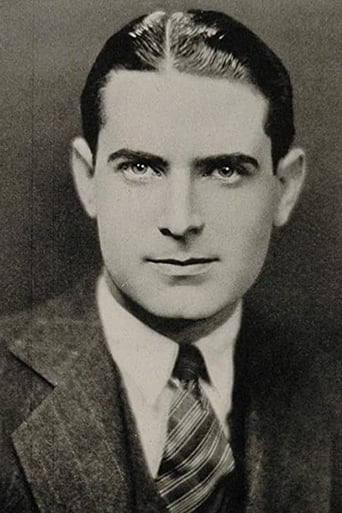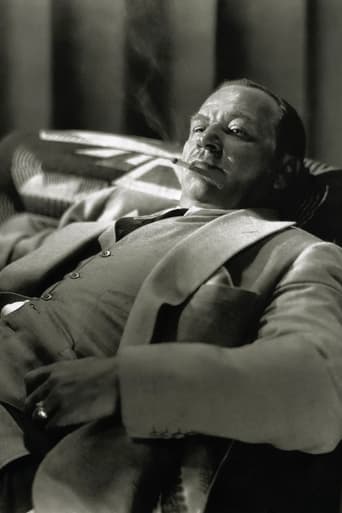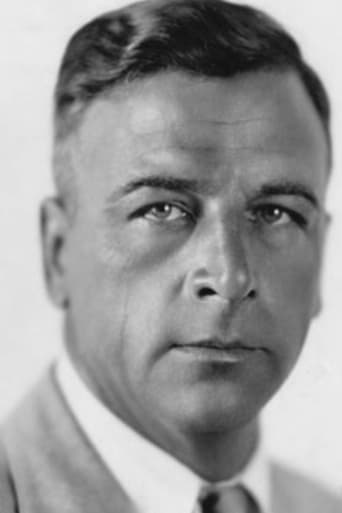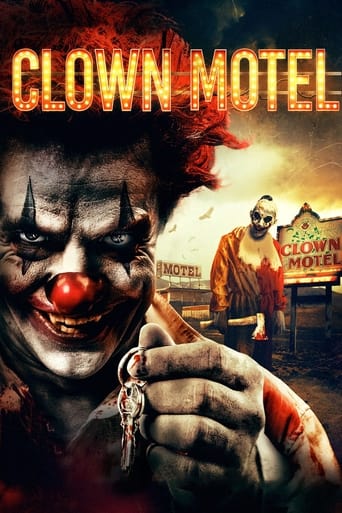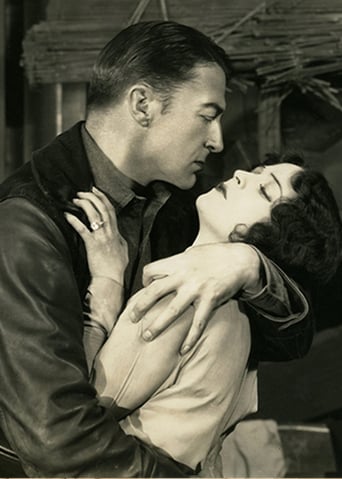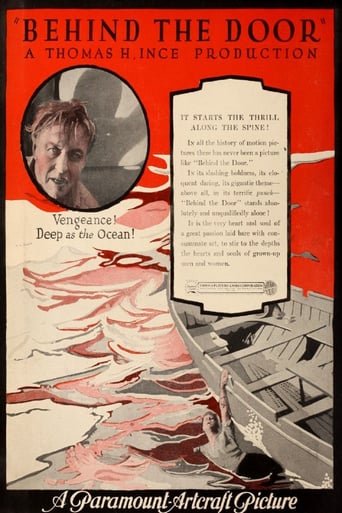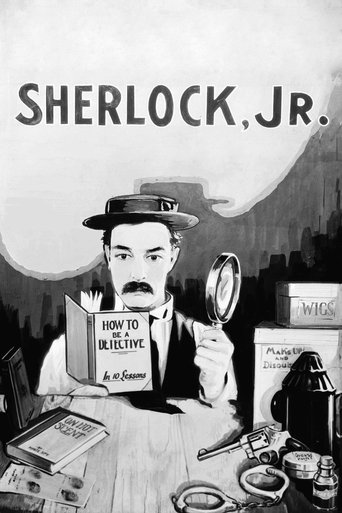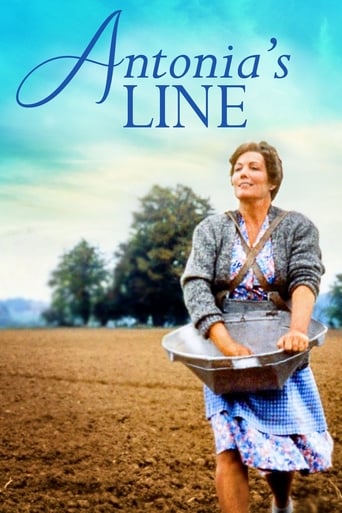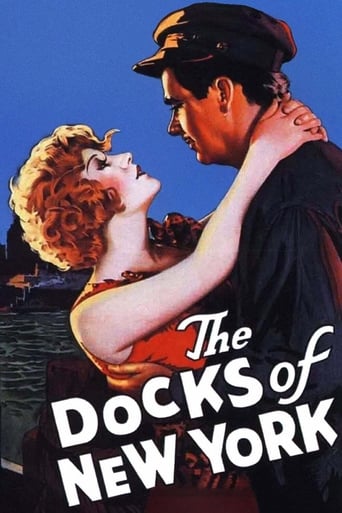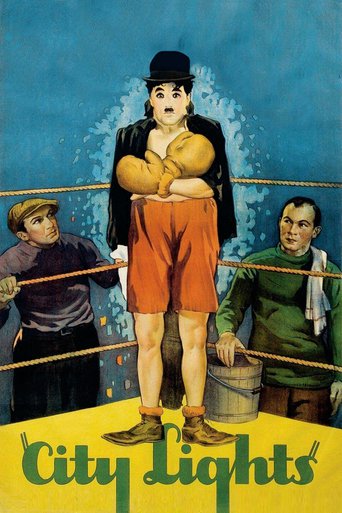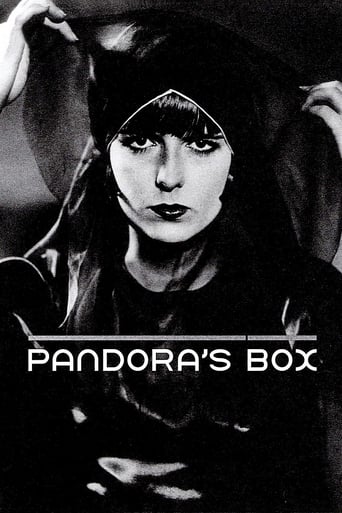
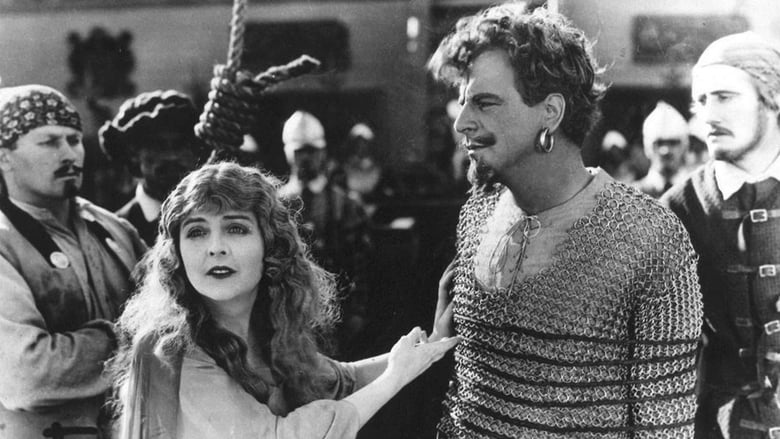
The Sea Hawk (1924)
The adventures of Oliver Tressilian, who goes from English gentry to galley slave to captain of a Moorish fighting ship.
Watch Trailer
Cast
Similar titles
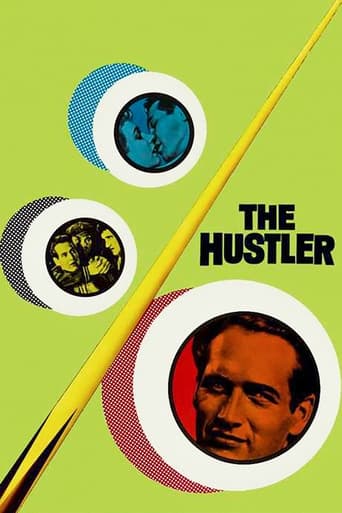

Reviews
Fresh and Exciting
Although it has its amusing moments, in eneral the plot does not convince.
This is one of the best movies I’ve seen in a very long time. You have to go and see this on the big screen.
One of the film's great tricks is that, for a time, you think it will go down a rabbit hole of unrealistic glorification.
All right, I want to add a few things. First of all there are 2 films, not 2 film versions. The 1924 silent version adheres to the book, which I bought and read many years ago. I see that some battles scenes were lifted from this version. For a silent film it is very good. The 1940 version is very good as well. It's political sea drama between England and Spain. There is a galley and escape scene. There are sea battles with sound (which would not be hard updating the silent film.I believe that Raphael Sabatini's version deserves to be remade. If you read Captain Blood, it reads like a film. The book The Seahawk is a great read. Check it out for yourself.
Raphael Sabatini wrote several dozen wonderful adventure novels in the early 20th century. They were very popular and are a nice blend of action, adventure, romance and history. I've read about 30 of them and enjoyed every one of them. Most have never been made into films, but a few (such as "Captain Blood" and "The Black Swan") have. In the case of "The Sea Hawk", Hollywood made their own version and a few years later DIDN'T. Let me explain. The 1924 version of "The Sea Hawk" is pretty close to Sabatini's novel. However, the more famous Errol Flynn version from 1940 is practically nothing like the book other than the title. I am not 100% sure why they did this--the original story was exciting. I suspect, however, that Warner Brothers used an entirely different story and kept the title because this was intended as pure propaganda. At the time, Britain was at war with the Nazis and the film was meant to glorify the British fighting spirit against all odds--including Spanish invaders. The 1940 film is about the time of the Spanish Armada--England's greatest military triumph. Now I am not saying the Flynn film is bad, I love it, but it's NOT the Sabatini story at all. It's a shame, as the Sabatini story is quite exciting.Milton Sills plays Sir Oliver Tressilian--a man who used to be a privateer for England during the time of Queen Elizabeth. These days are behind him and he's retired to his country estate. He wishes to wed his neighbor, Lady Godolphin, but things always seem to get in the way. First, her family refuses and insult his honor. Then, his own half-brother kills one of the Godolphins and Sir Oliver protects him--only to have his no-good half-brother try to sell him into slavery to the Moors!! However, instead of selling him, the ship's captain (Wallace Beery) becomes friends with Sir Oliver and is about to return him to England...when, a Spanish ship attacks and all of the crew members and Sir Oliver are taken prisoner and made Spanish galley slaves! Eventually, when the ship with Sir Oliver is taken by Barbary pirates (from Muslim North Africa), Sir Oliver is able to work his way up in the Barbary navy to command his own ship. Soon, using the skills he developed as a privateer, he is able to make a huge name for himself. But what about his wicked half-brother and his fiancée? Well, see the film and find out for yourself!! This film has an amazingly complex plot, a wonderful story, very good acting, GREAT costumes...it has it all. And, it's exciting from start to finish--making it one of the best silent epics you can see today. There really isn't much to dislike about this lovely film and I am thrilled that it stayed so faithful to the original source material.
In the 1920s motion pictures were bigger than at any other time. They were big in all directions, and their bigness was all the more impressive because it was based in doing everything for real. The widescreen epics of the 1950s may be more readily called to mind, but in truth they cut corners and tricked the eye wherever possible. The Sea Hawk is a nautical adventure with real ships, real mansions and palaces, real hordes of extras, all purposely built or acquired for one colossus of a production.Producer-director Frank Lloyd was great at this sort of thing, an expert in blending the large canvas with the small. He opens with a cavernous shot of the protagonist's home, showing off both the height and depth of the lavish set in what is a typical piece of mid-20s extravagance. It's not dwelt on though. While Lloyd eschews close-ups, the majority of his action takes place in delicately composed mid-shots, encouraging the actors to play out their scene with the minimum of fuss. He doesn't move the camera very much but movement within the frame is crucial to Lloyd's style. Rather than fashioning action scenes with lots of rapid cross-cutting, as was the norm back then, he uses gradual shifts in the image, building up tension before a big sea battle by having the attacking ship slowly hove into view. In a shot of dozens of men fighting on deck, the focus is changed as the two opposing captains cut across the foreground. Lloyd even uses things moving on or off the screen for emotional effect, as in Sir Oliver's poignant farewell to his loyal corsairs.Big in scope, The Sea Hawk is also big in story and may seem a little slow-paced at times. It is a bit frustrating that we are thirty-five minutes into the two-hour runtime before our seafaring hero is actually bounding over the main (that means "at sea", landlubbers). Luckily however, the Rafael Sabatini source novel is pure adventuresome fare, and even on dry land we get plenty of duels and dastardly intrigue. The lengthy runtime also serves to give the story a sense of stature, making Sir Oliver's adventures seem like an odyssey taking place over many years, rather than the simple caper on the briny that a mere 90 minutes would be.A big production demands big stars. However lead man Milton Sills was not quite in the front rank of stars, and is more or less forgotten today. While not up there with Douglas Fairbanks and Ramon Navarro he can hold his own, with subtle, naturalistic acting and a very piercing gaze. In fact there are smooth understated performances all round, leading lady Enid Bennett refreshingly calm in an era when most actresses were required to go into over-the-top hysterics at the drop of a hatpin. Her scene with Sills as they kiss-and-make-up after his duel with Godolphin is absolutely sublime, and typical of the kind of tasteful melodrama that Frank Lloyd oversaw. The only player who is a bit hammy is Lloyd Hughes, who portrays the hero's double-dealing brother. Hughes looks uncannily like unsung silent comic Charley Chase. I must also mention Wallace Beery who, putting on his best lovable rogue act, is excellent as always. He can draw attention to himself without ever once appearing to show off, standing out from the crowd in the victory march after the corsairs' return from England with that little extra swagger in his step.The large pictures of the 1950s have been lambasted by some critics, both then and now, as being overblown and soulless behemoths. You have to admire the audacity of these silent epics however, made with the seemingly limitless resources of the roaring twenties, and complete with confidence in their own scale. Rather than seeing what they could knock together on the back lot, they would actually put out to sea and do it all for real. And nothing, not even the most advanced CGI, can top that. But to do that and still tell the human story with tact and dignity is a feat indeed. In fact, compared to the 1950s epics, where the whole point was to show off the big set-pieces (and thus compete with TV), The Sea Hawk is not especially ostentatious. The big ships and buildings are there, but we aren't made to marvel at them; they are simply there because they should be, a very expensive yet faithful backdrop. And the genuine nature of this backdrop brings The Sea Hawk to us as a real-life adventure. If only all epic cinema could be like this.
I joined this film in progress on TCM earlier this month. Well this film kept me riveted to my seat. Milton Sills' performance is so impressive, so dashing, so heroic that I was completely enchanted. The magic of movie-making. While this film has none of the advantages of modern special effects and lighting and so forth it is nevertheless a slam-bang, rip-roaring, adventure romance. There is something in this film that permits one to fully enter within the story, to suspend disbelief and to experience, if for that brief time, a land of fantasy that entertains as well as elevates. Superlatives are not hyperbole when it comes to The Sea Hawk.
